Exercise 12
1. Naprzod tedy osznaimuię yzem dała ku
2. wierney r─Öcze do czechu krawieczkiego
3. Crakowszkiego pięczszeth złotych w moneczie
4. polskiey na czo od thegosz Czechu Rz─Ö
5. miesła krawieczkiego Crakowszkiego mam
6. chirograph pod ych pi─Öcz─Öczia de data wcra
7. kowie wniedzielie przed szwięthym Barthło
8. mieiem roku 1573 s tych pi─Öni─Ödzy od
9. dawam y Testamenthem nasznaczam złotych
10. sto monethy y liczby polskiey na pogrzeb
11. prosz─ģcz aby by┼é poczcziwy a wedlie
12. zwyczaiu krzeszczianszkiego uczyniony
Principles of transcription
- Maintain the original entry - carry out the transcription as faithfully as possible to the original, without correcting the writer's mistakes.
┬Ā - Lines of text - the transcription should be written in lines (fragments in grey should be omitted). If the word is divided between two lines, it should be written as in the original, that is, without connecting it.
┬Ā - Punctuation - all punctuation marks or others (e.g. commas, full stops, hyphens, etc.), appearing in the original should be ignored.
┬Ā - Writing capital letters - the mechanism recognises both small and capital letters as correct.
┬Ā - Contractions - a contraction used by the writer should be developed, giving the full word. Do not use square brackets to designate additional letters, complementing the contraction.
┬Ā - The letter ┼Ė (y with dots or dashes) - should be written as y.
┬Ā - Letters with diacritic marks - if the text includes letters with diacritic marks, typical for the Polish language, we retain them.
┬Ā
You can find the full principles of transcription here.
Helpful tips
- Remember about how the letter y was written in the past - with one or two dots.
┬Ā - This scribe had the habit of designating the majority of vertical parts of letters (e.g. in the letters d and k) with an additional horizontal roof. This means that it is easy to confuse the letters l and ┼é and sometimes it is difficult to guess the intention of the scribe in this matter. When solving this problem, we assumed that the letters l and ┼é should be written in accordance with the sound of the word in which they appear.
┬Ā - The letters c and e, written by this scribe, are similar.
┬Ā - The document contains the letter s in long and short versions.
┬Ā - The scribe used as many as three different versions of the letter z.
┬Ā
You will find more useful tips for transcribing old texts here.
┬Ā
Do you have the impression that you know the handwriting of this scribe? If yes, then you are right! It is possible to meet it in the Virtual scriptorium.
Exercise 12
Model letters
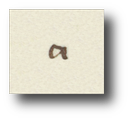
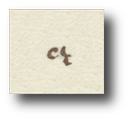
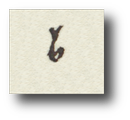
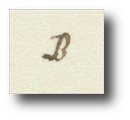
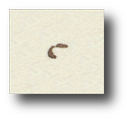
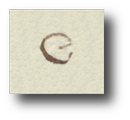
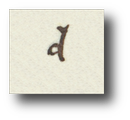
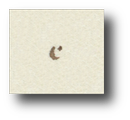

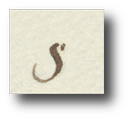
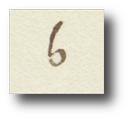

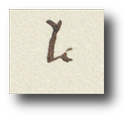
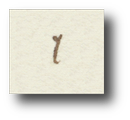
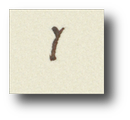
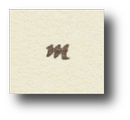
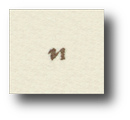
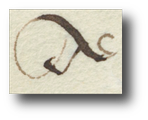



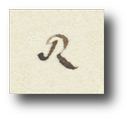
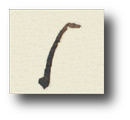

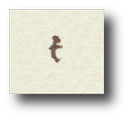

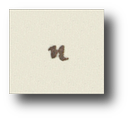
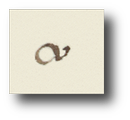

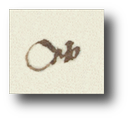
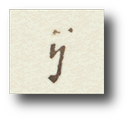
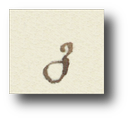


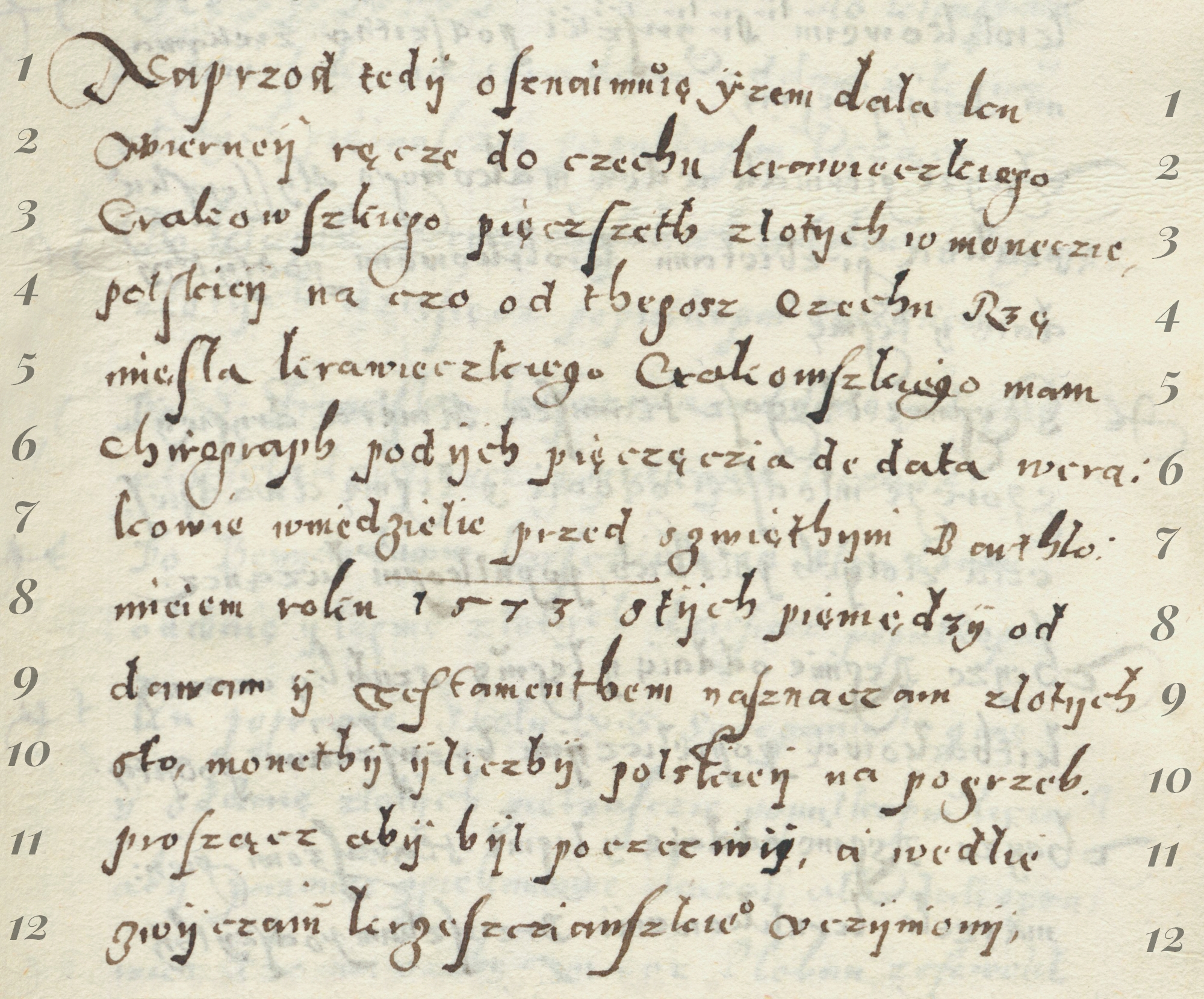
![krzeszczianszkie[g]o](https://dawnepismo.ank.gov.pl/files/practice/shortcuts/aufgabe-12/cw12krzeszczianszkiego.png)